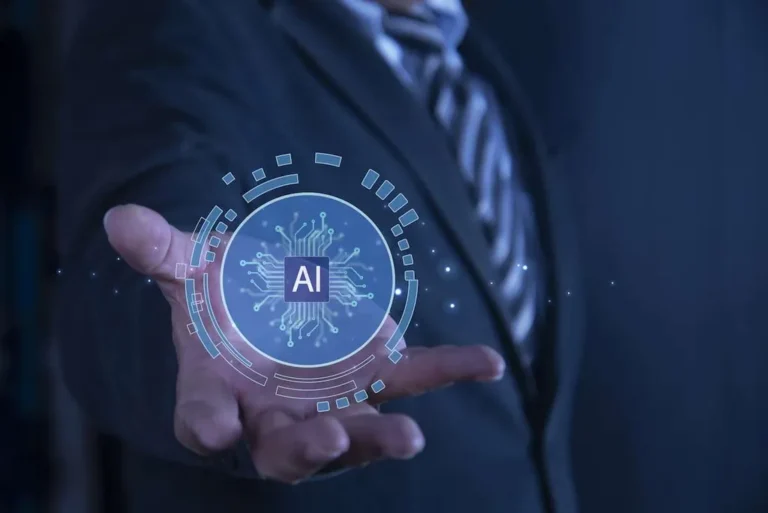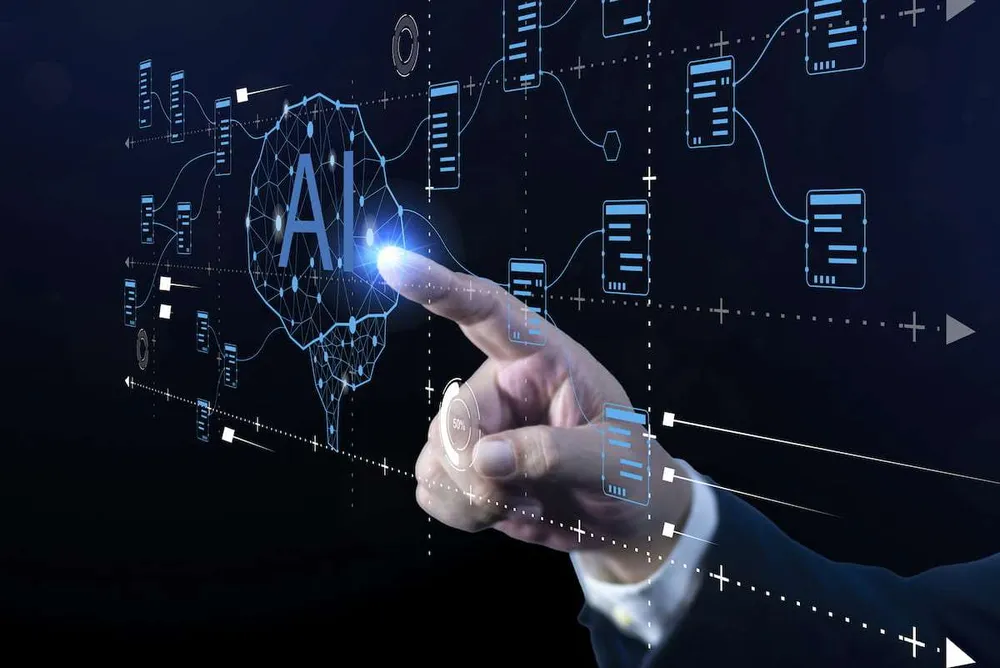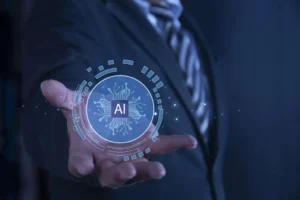What is Hyperautomation: A Comprehensive Overview of Key Components

The fast-paced development of artificial intelligence (AI) and machine learning (ML) technologies, together with new advancements in robotics, resulted in the increased usage of solutions that expedite workflows. In this guide, we will explore how businesses leverage the power of hyperautomation to transform their operations. Enterprises deploy AI bots trained on large amounts of data to increase operational efficiency. Robotic Process Automation (RPA) enables ventures to raise performance and reach their goals. Read on to explore how businesses utilize new technologies to ensure sustainable growth.
What is Hyperautomation?
The term refers to a new paradigm that involves leveraging process automation and integrating new tools to enhance business operations. While RPA solutions are primarily used to automate repetitive tasks, hyperautomation technologies facilitate dealing with more complex issues. This approach allows ventures to detect and streamline processes to minimize the need for human intervention.
AI-driven automation and the usage of advanced analytic tools streamline optimization. As more processes become optimized, enterprises can scale their operations.

We are confident that we have what it takes to help you get your platform from the idea throughout design and development phases, all the way to successful deployment in a production environment!
Main Elements of Hyperautomation
Building powerful robotic systems includes leveraging AI, ML, computer vision, and optical character recognition (OCR) technologies to expedite workflows. Below, we have briefly outlined the main elements of hyperautomation:
- Process discovery: This component facilitates getting an in-depth view of all the company’s activities, including communications between employees and systems. It allows ventures to identify barriers hindering growth and discover the areas for improvement.
- Intelligent document processing (IDP): Such systems extract, verify, and organize unstructured data from financial documents. They provide context-relevant interpretations, which facilitates handling large amounts of data.
- No-code and low code platforms: It allows users with limited experience to deploy algorithm-based solutions. With the assistance of AI-powered bots, users can automate processes and refine them without any technical background.
- Intelligent process automation (IPA): Combining AI and Gen AI technologies, it identifies repetitive tasks, streamlines them, and orchestrates them, allowing businesses to enhance interoperability.
- RPA: It replicated employee interactions with digital systems, allowing companies to enhance security, streamline integration between systems, and foster compliance. RPA solutions handle unstructured data with ease.
- AI: Algorithm-driven technologies enable systems to achieve higher efficiency. Gen AI facilitates data collection and analysis. Developers deploy such tools to build complex workflows. AI agents can be taught to interact with systems and adapt their performance. Companies integrate them into their routines and orchestrate their performance.
- APIs, iPaaS, and integrations: They enable firms to automate complex procedures and connect advanced systems to streamline data exchange. iPaaS platforms allow businesses to integrate different applications.
Combining these components facilitates achieving workflow optimization.

Why is Hyperautomation Important?
This approach facilitates enhancing automation using AI, ML, NLP, and OCR technologies. It is based on RPA and allows businesses to leverage process management systems. Hyperautomation tools facilitate automating convoluted processes, including procedures that rely on unstructured data.
AI-based robotic systems process data from different sources, helping companies to make weighted decisions. They allow ventures to achieve the following:
- Meet client expectations;
- Reach strategic objectives;
- Increase efficiency;
- Enhance productivity.
While basic RPA bots can process invoices and perform other similar tasks, IPA systems streamline advanced routines. Hyperautomation solutions process sales reports and other financial documentation, communicate with stakeholders and analyze big data. Companies deploy such tools to discover new development opportunities.
Advantages of Hyperautomation
Digital transformation requires businesses to deploy AI tools across multiple systems. Streamlining processes with the help of robotic solutions has several benefits:
- Removing barriers on the way to operational excellence: Hyper automation facilitates identifying and solving issues that hinder a company’s operations.
- Agentic automation: Entrusting AI-powered bots with solving simple tasks enables ventures to save resources. Such solutions provide customer support services, manage accounts, and reply to client queries.
- Accelerating task completion: Digital process automation (DPA) streamlines tasks dependent on human intervention. It increases business agility and allows companies to adapt operations to market needs. DPA facilitates exploiting opportunities and adapting to a changing environment.
Hyperautomation facilitates decision making, enabling businesses to leverage new technologies. Harnessing the power of AI helps ventures connect apps, structure and analyze data, and discover new areas that demand automation. It allows firms to save money and achieve higher customer satisfaction.
How to Use Hyperautomation?
The approach allows organizations to exploit the full potential of automated solutions and enhance operations. The most popular hyperautomation use cases include the following ones:
- Healthcare: Organizations deploy the method to achieve higher process standardization, eliminate manual errors, streamline patient testing and registration, and simplify verification.
- Finances: Institutions rely on process intelligence practices to ensure compliance, expedite onboarding, and get an edge over opponents.
- Customer service: Automated tools enable enterprises to provide hyper personalised support and address client concerns more effectively. It enables CS teams to sort queries and focus on solving high-priority tasks while entrusting simple issues to virtual assistants.
Companies rely on collaborative robotics systems to leverage multiple tools and technologies. The approach facilitates using internet of things (IoT) solutions.
The Global Cloud Team has extensive experience building and deploying AI-powered systems to help companies achieve sustainable competitive advantage. Get in touch with our professionals and find out how to leverage hyperautomation to establish a foundation for long-term success.
Top Articles
What is Hyperautomation: A Comprehensive Overview of Key Components
I am here to help you!
Explore the possibility to hire a dedicated R&D team that helps your company to scale product development.






